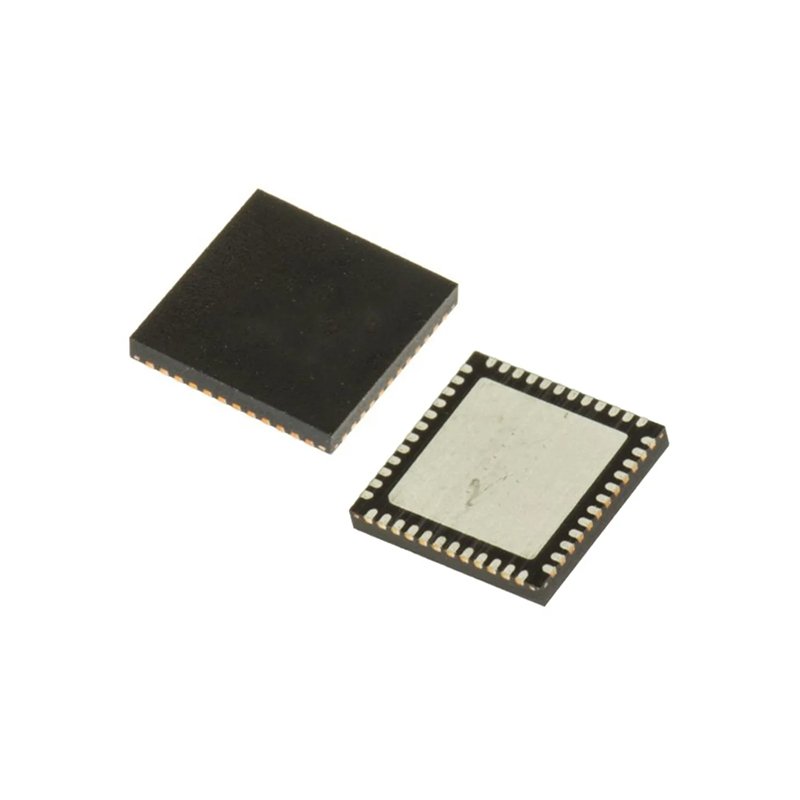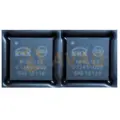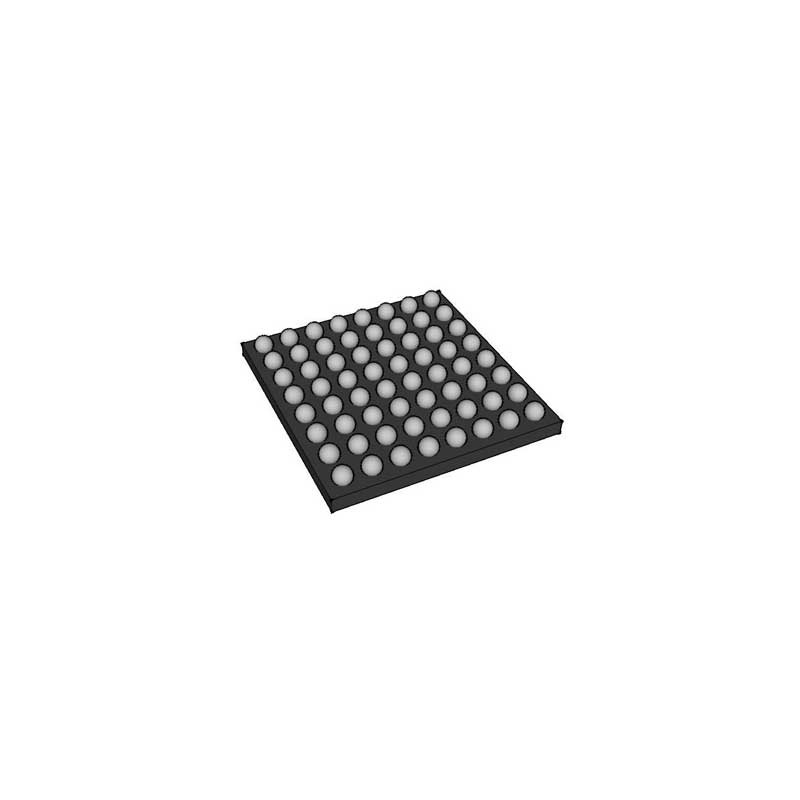Basic Structure and Technology of Optical Wireless Communication Network
 Published: Apr 29, 2023
Communication Network
Share:
Published: Apr 29, 2023
Communication Network
Share:
Optical wireless communication is a line-of-sight transmission technology that is based on the conversion of electricity - light and light - electricity, which can realize the transmission of data, images, and so on, with the atmosphere as the medium. In fact, optical wireless communication systems were the first to be developed after the advent of the laser. The advantages of optical wireless communication are long transmission distance, large channel capacity, small transmitting antenna, good confidentiality, and resistance to electromagnetic interference. In addition to this, optical wireless communication does not require a license, no cable laying, no trenching, no leased lines, no spectrum planning, a short construction period, and no impact on the environment. The electronic spectrum of broadband optical wireless communication is located in the extremely high optical band, and there is no electromagnetic interference such as microwaves. Because of these advantages, optical wireless communication is gaining more and more attention.
An optical wireless communication system composition consists of three parts: a transmitter, a channel, and a receiver. The light source of the optical transmitter is modulated by an electrical signal and sends the optical signal through space to the telescope at the receiving end through an optical telescope that acts as an antenna. The highly sensitive optical receiver, which converts the light signal received by the telescope into an electrical signal again, is noteworthy that between the transmitter and receiver, they must be visible to each other in a line of sight, and there must be no obstruction between the two terminals.
As the atmospheric space for different light wavelength signal transmission rates has a large difference, you can choose the transmission rate of the better wavelength window. Optical wireless systems usually use 0.85 μm or 1.5 μm infrared wavelengths. 0.85 μm devices are relatively cheap and are generally used in applications where the transmission distance is not too far. 1.5 μm devices are more expensive but have better performance in terms of power, transmission distance, and visual safety. 1.5 μm infrared light waves are mostly absorbed by the cornea and do not irradiate the retina; therefore, relevant safety Regulations allow the power of 1.5μm wavelength devices can be two levels higher than 0.85μm devices, 1.5μm wavelength optical wireless communication has a broader prospect of use.
The Main Problems and Solutions of Optical Wireless Communication
Although optical wireless communication has many advantages, there are also the following problems.
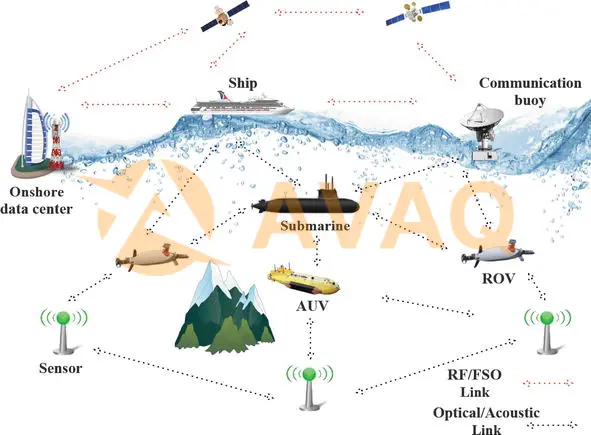
Long Transmission Distance Affects Transmission Stability.
FSO (Free Space Optical Communication) is a kind of line-of-sight broadband communication technology; the contradiction between transmission distance and signal quality is very prominent; when the transmission exceeds a certain distance, the beam will become wider, leading to difficulties in correct reception by the receiving point. At present, the best results and quality can be obtained only below 1 km and only up to 4 km. A variety of factors affect its failure to achieve 99.999% stability. In order to solve this challenge, higher-power laser diodes, more advanced optics, and multiple beams are generally used.
Very Sensitive to Weather
Sunny days have the least effect on FSO transmission quality, while rain, snow, and fog have a greater impact. According to the test, the attenuation of FSO affected by the empirical weather values are sunny days, 5-15 dB/km; rainy days, 20-50 dB/km; snowy days, 50-150 dB/km; foggy days, 50-300 dB/km. The biggest impact can be seen on foggy days because the radius of the scattered particles in the fog and the laser wavelength is in the same order of magnitude, and the scattered particles are very concentrated so that the light propagation direction is deflected. Thus deflecting the propagation direction of the light, resulting in spatial, angular, and temporal expansion.
FSO systems require strict line-of-sight propagation between the transmitter and receiver so that the flap of the transmitted optical signal at the receiving end covers the receiving telescope and does not drift away from the target due to the undulation of the atmospheric refractive index. In addition, the thermal expansion or shaking of the building structure will affect the laser alignment between the two points, and the actual measurement found that the horizontal movement of the top of the building can reach 1/800 to 1/200 of the building height. To ensure reliable data transmission, the alignment and tracking of the laser beams at both ends of the optical link of the FSO system is one of the key technologies of the system.
Laser Safety Issues can Also Affect Its Use.
The human body may also be injured by the energy released by the laser system. Since such systems use low-power light sources in the milliwatt range, the main danger is the damage caused by the laser to the naked eye, so the product should meet eye safety standards.
With the development of communication technology, the FSO system transmission rate and distance are higher requirements, if you want to improve these two technical indicators, it is necessary to increase the laser's transmitting power and improve the sensitivity of the receiver, but the expanded beam method and multi-beam method to improve the performance indicators are limited, so the dynamic tracking method was born, that is, the use of servo systems through the feedback device to obtain beam deviation information, adjust the adjustable micro-mirror to align the beam with the receiver at all times.
Recommend Products
Related Solutions
-
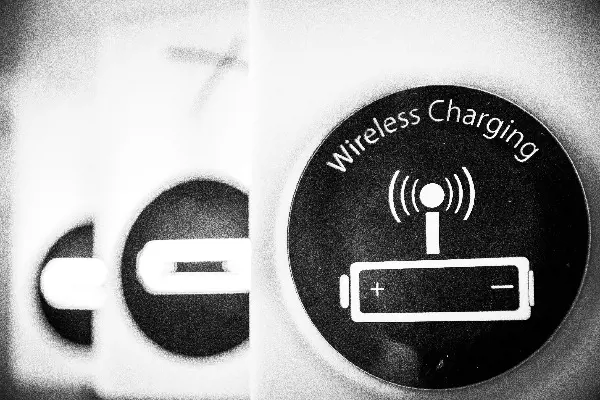
NXP Introduces High-Power Wireless Charg...
NXP Semiconductors announced the first high-power wireless charging solution for notebooks and 2-in-...
Apr 28, 2023 Consumer Electronics -

Multifunctional Street Light Automatic C...
The street light automatic controller is suitable for the automatic control of street lights in resi...
Apr 26, 2023 Consumer Electronics -

How Can IoT Solution Providers Build a S...
The Internet of Things (IoT) has been attracting a lot of attention in the industry for its security...
Apr 25, 2023 Consumer Electronics -
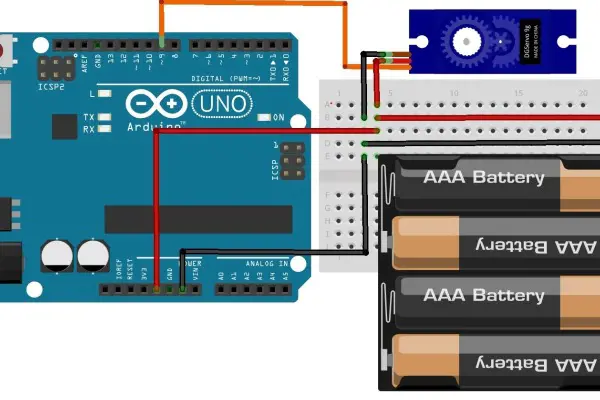
ADI Proposes a Solution for Servo Motor ...
For motor control solutions, ADI offers a comprehensive portfolio of products, including analog-to-d...
Apr 25, 2023 Consumer Electronics -

IoT Transforms and Adds Value to Consume...
The Internet of Things (IoT) is taking consumer electronics to another level and could lead to the n...
Apr 26, 2023 Consumer Electronics -

Texas Instruments Programmable Logic and...
Programmable logic controllers (PLCs) and programmable automation controllers (PACs) process and con...
Apr 26, 2023 Consumer Electronics

 Update Time: Apr 29, 2023 Consumer Electronics
Update Time: Apr 29, 2023 Consumer Electronics